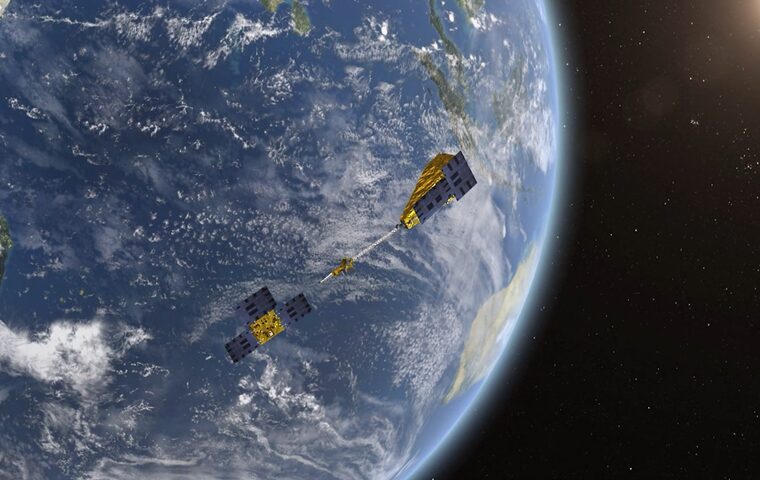By Will Dunham
WASHINGTON (Reuters) – Scientists on Wednesday unveiled evidence that gravitational waves, the ripples in the fabric of space-time predicted by Albert Einstein more than a century ago, are permeating the universe at low frequencies – creating a cosmic background hum.
The new findings show that space is awash with these gravitational waves, which oscillate over years or longer and appear to originate primarily from pairs of supermassive black holes spiraling together before merging.
“Gravitational waves are created by astronomically dense objects in our universe, usually in orbit around each other. The gravitational waves actually stretch and compress space-time itself as they travel through the universe,” said Oregon State University astrophysicist Jeff Hazboun, a member of the scientific collaboration that conducted the research and lead author of one of the papers describing the findings in the Astrophysical Journal Letters.
Einstein in 1916 proposed the existence of gravitational waves as an outgrowth of his ground-breaking general theory of relativity, which depicted gravity as the distortion of space and time by matter. Until their detection in 2016, scientists had found only indirect evidence of their existence, beginning in the 1970s.
Objects called pulsars – the extremely dense cores of exploded stars that spin at the speed of kitchen blenders – were crucial in the new research. Sixty-eight pulsars were used in gathering the evidence.
“We see the passage of the gravitational waves as changes in the arrival time of pulses from an array of pulsars in our galaxy,” Hazboun said.
The gravitational wave signal was observed in 15 years’ worth of data obtained by the North American Nanohertz Observatory for Gravitational Waves (NANOGrav) Physics Frontiers Center (PFC), a collaboration of more than 190 scientists from the United States and Canada.

The researchers described the universe’s gravitational wave background as the equivalent of hearing the hum of a large group of people talking at a party, without being able to distinguish any individual voice.
Astronomers long have relied upon studying light to learn more about the cosmos, but that approach has limitations because it does not offer insight into many aspects of the universe. Gravitational waves allow for a more robust examination of the universe, as do ghostly subatomic particles called neutrinos.
The discovery was announced seven years after researchers announced that they had first detected the existence of gravitational waves generated by two distant black holes – extraordinarily dense objects with gravity so strong that not even light can escape. The motion of black holes and other massive objects can cause gravitational waves.
That research involved what is called the Laser Interferometer Gravitational-Wave Observatory (LIGO).
“We have solid evidence for a hum of gravitational waves in a new band of the gravitational wave spectrum. These frequencies are 10-12 orders of magnitude smaller than those detected by LIGO, and have wavelengths light years long,” Hazboun said.
“The most vanilla explanation of these gravitational waves is an ensemble of supermassive black hole binaries (black holes orbiting each other) in our cosmic neighborhood. Other explanations include interesting new physics from near the Big Bang,” Hazboun added, referring to the event that marked the origin of the universe about 13.8 billion years ago.



